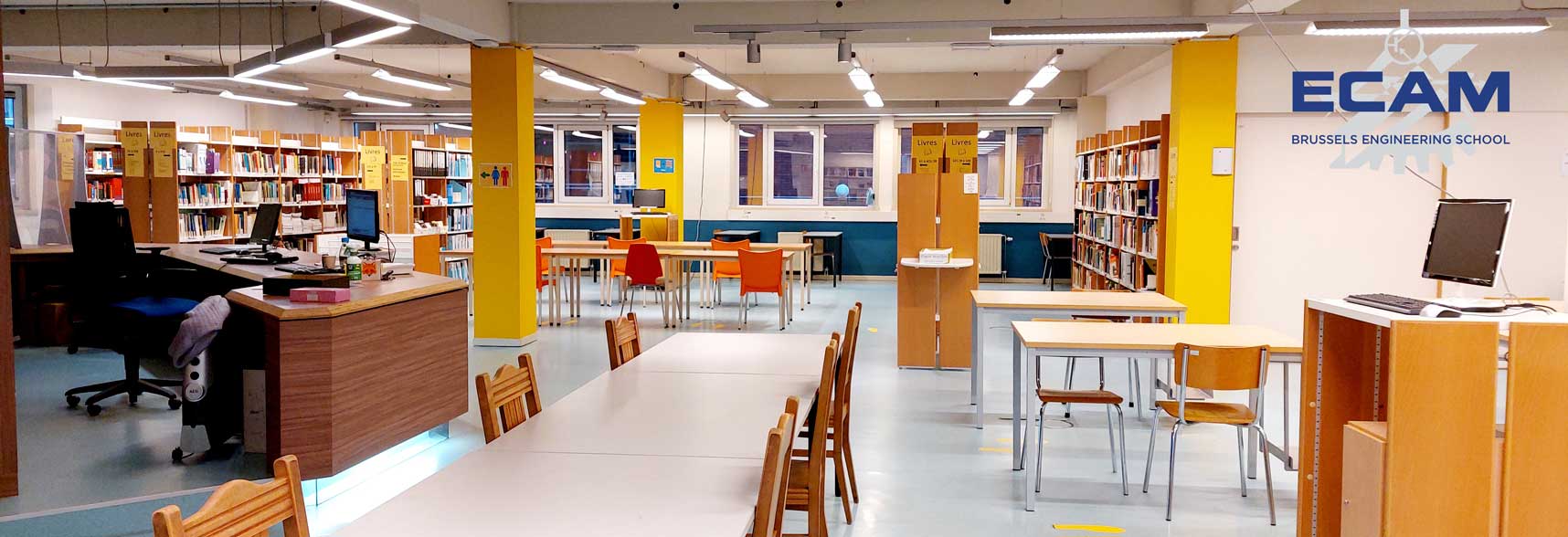| Titre : |
Simulation and control algorithm development of a fuel cell based propulsion system for a small passenger vehicle |
| Type de document : |
Travail de fin d'Ă©tudes |
| Auteurs : |
Jérôme Lienard, Auteur ; Tomasz Czapla, ; Clémence Flémal, Auteur |
| Editeur : |
ECAM |
| Année de publication : |
2017 |
| Note générale : |
Silesian Univerity of Technology |
| Langues : |
Anglais (eng) |
| Index. décimale : |
TFE - Electromécanique |
| Résumé : |
The automotive energetic transition is a reality which is already running. The automotive manufacturers are spending considerable amount of money in research and development to stay in the technological race. If fuel-electric hybrid cars and battery-only electric cars are today the most sold alternatives to the common internal combustion engine vehicles, the development of new technologies, each offering their own advantages and weaknesses, may redistribute the cards. To extend its expertise in the area, the Fiat factory located in Tychy (Poland) have decided, in partnership with the Silesian University of Technology, to transform a common internal combustion engine powered Fiat Panda into a fuel cell electric vehicle. After presenting a state of art of different car-powering technologies, the objective of the present thesis is to provide a solution for the transformation of the Fiat Panda. The document presents the different possibilities available with the fuel cell technology and attempts to identify the best option for a small passenger car. It then submits a concrete solution for the transformation of the vehicle, by suggesting components in line with the expected performances of the car and with the Fiat factory expectations. Finally, it provides an evaluation the performance of the car by its modelling in Simulink.
La transition énergétique automobile est une réalité déjà en marche. Les constructeurs automobiles dépensent des montants considérables dans la recherche et développement pour rester dans la course technologique. Si les voitures hybrides essence-électrique et les voitures électriques à batterie représentent aujourd’hui les alternatives le plus vendues aux traditionnels véhicules à moteur à combustion interne, le développement de nouvelles technologies, chacune offrant leurs propres avantages et défauts, pourrait redistribuer les cartes. Pour développer ses connaissances dans ce domaine, l’usine Fiat située à Tychy (Pologne) a décidé, en partenariat avec la Silesian University of Technology, de transformer une traditionnelle Fiat Panda à moteur à combustion interne en un véhicule électrique à pile à combustible. Après un état de recherches sur différentes technologies utilisées dans la propulsion de voitures, l’objectif de ce TFE est de fournir une solution à la transformation de la Fiat Panda. Ce document présente les différentes possibilités disponibles utilisant la technologie de pile à combustible et tente d’identifier la meilleure solution pour une petite voiture de tourisme. Il propose ensuite une solution concrète à la transformation du véhicule, en suggérant des composants en adéquation avec les performances attendues de la voiture et avec les attentes de l’usine Fiat. Enfin, il fournit une évaluation des performances de la voiture au travers de sa simulation avec Simulink.
|
Simulation and control algorithm development of a fuel cell based propulsion system for a small passenger vehicle [Travail de fin d'études] / Jérôme Lienard, Auteur ; Tomasz Czapla, ; Clémence Flémal, Auteur . - ECAM, 2017. Silesian Univerity of Technology Langues : Anglais ( eng)
| Index. décimale : |
TFE - Electromécanique |
| Résumé : |
The automotive energetic transition is a reality which is already running. The automotive manufacturers are spending considerable amount of money in research and development to stay in the technological race. If fuel-electric hybrid cars and battery-only electric cars are today the most sold alternatives to the common internal combustion engine vehicles, the development of new technologies, each offering their own advantages and weaknesses, may redistribute the cards. To extend its expertise in the area, the Fiat factory located in Tychy (Poland) have decided, in partnership with the Silesian University of Technology, to transform a common internal combustion engine powered Fiat Panda into a fuel cell electric vehicle. After presenting a state of art of different car-powering technologies, the objective of the present thesis is to provide a solution for the transformation of the Fiat Panda. The document presents the different possibilities available with the fuel cell technology and attempts to identify the best option for a small passenger car. It then submits a concrete solution for the transformation of the vehicle, by suggesting components in line with the expected performances of the car and with the Fiat factory expectations. Finally, it provides an evaluation the performance of the car by its modelling in Simulink.
La transition énergétique automobile est une réalité déjà en marche. Les constructeurs automobiles dépensent des montants considérables dans la recherche et développement pour rester dans la course technologique. Si les voitures hybrides essence-électrique et les voitures électriques à batterie représentent aujourd’hui les alternatives le plus vendues aux traditionnels véhicules à moteur à combustion interne, le développement de nouvelles technologies, chacune offrant leurs propres avantages et défauts, pourrait redistribuer les cartes. Pour développer ses connaissances dans ce domaine, l’usine Fiat située à Tychy (Pologne) a décidé, en partenariat avec la Silesian University of Technology, de transformer une traditionnelle Fiat Panda à moteur à combustion interne en un véhicule électrique à pile à combustible. Après un état de recherches sur différentes technologies utilisées dans la propulsion de voitures, l’objectif de ce TFE est de fournir une solution à la transformation de la Fiat Panda. Ce document présente les différentes possibilités disponibles utilisant la technologie de pile à combustible et tente d’identifier la meilleure solution pour une petite voiture de tourisme. Il propose ensuite une solution concrète à la transformation du véhicule, en suggérant des composants en adéquation avec les performances attendues de la voiture et avec les attentes de l’usine Fiat. Enfin, il fournit une évaluation des performances de la voiture au travers de sa simulation avec Simulink.
|
|  |


